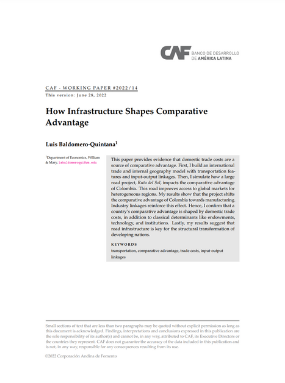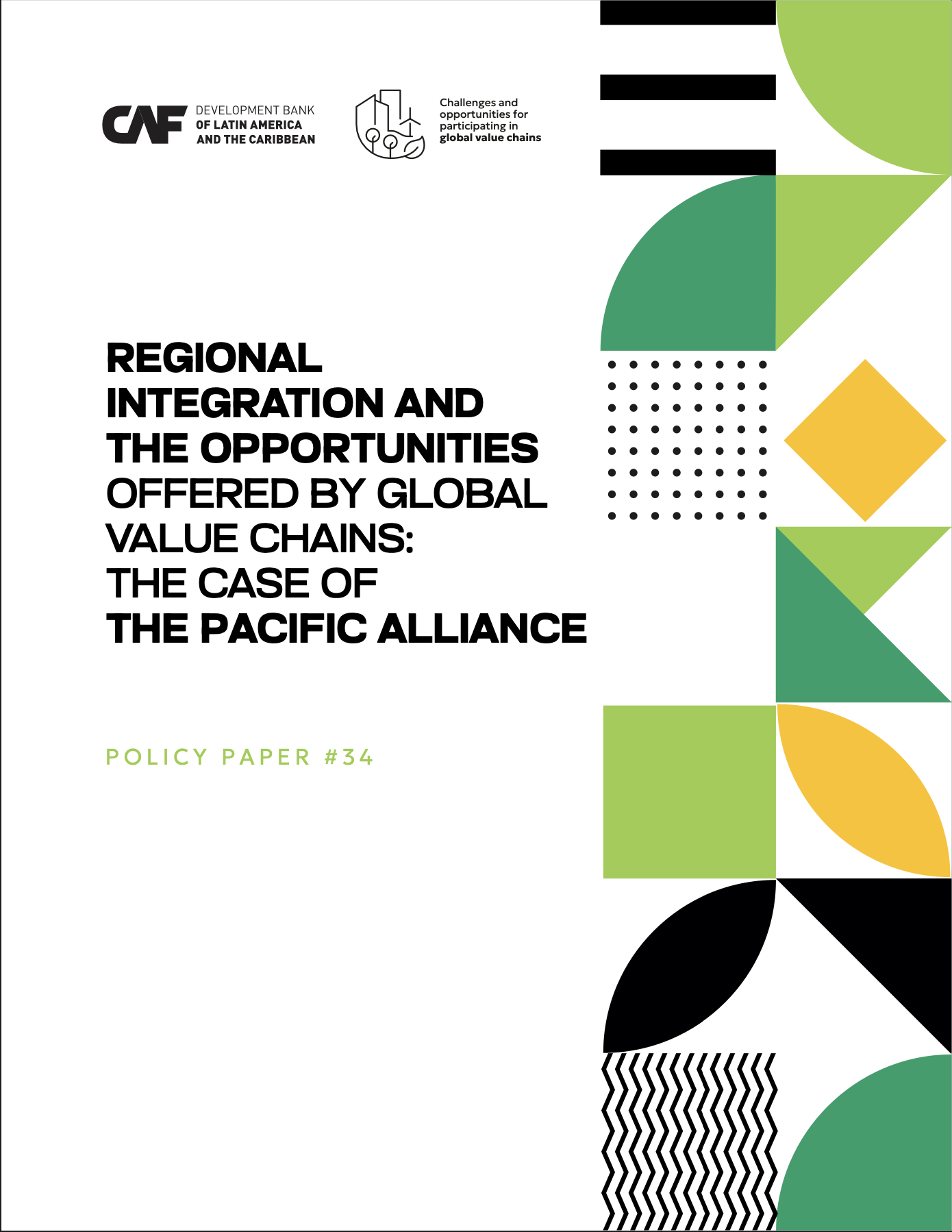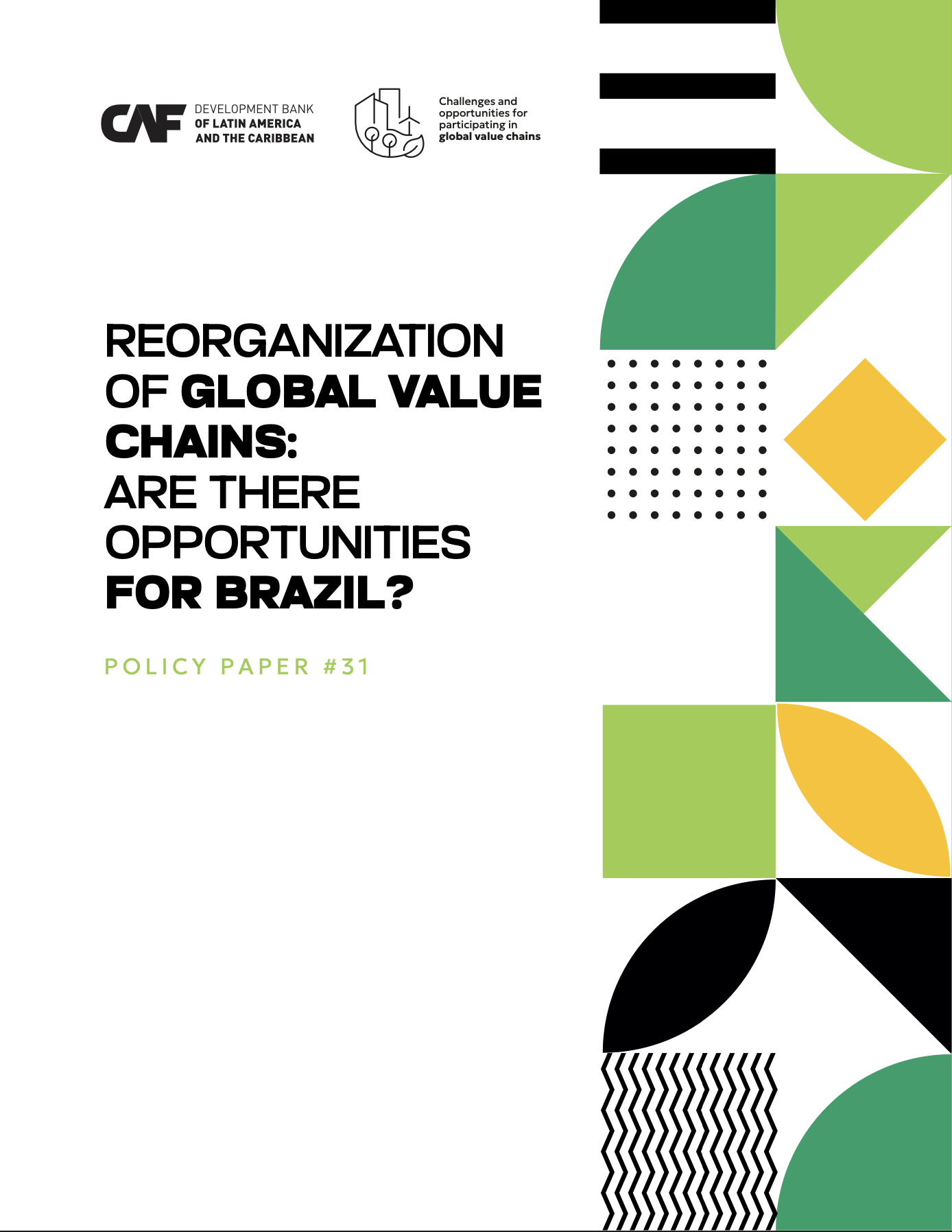How infrastructure shapes comparative advantage
Resumen
This paper provides evidence that domestic trade costs are a source of comparative advantage. First, I build an international trade and internal geography model with transportation features and input-output linkages. Then, I simulate how a large road project, Ruta del Sol, impacts the comparative advantage of Colombia. This road improves access to global markets for heterogeneous regions. My results show that the project shifts the comparative advantage of Colombia towards manufacturing. Industry linkages reinforce this effect. Hence, I confirm that a country’s comparative advantage is shaped by domestic trade costs, in addition to classical determinants like endowments, technology, and institutions. Lastly, my results suggest that road infrastructure is key for the structural transformation of developing nations.
Materia
País / Región
Fecha
2022-06-30Citar de esta publicación
Item perteneciente a la Colección
Autor
Quintana, Luis BaldomeroItems Relacionados
Regional Integration and the Opportunities Offered by Global Value Chains: the Case of the Pacific Alliance
Disruptions in the global value chains (GVCs) caused by the COVID-19 pandemic and other events that had impacted geopolitical dynamics since 2018 fueled ...
Latin America in the new geometry of global supply chains
This paper assesses Latin America and the Caribbean’s (LAC) preparedness to take advantage of potential shifts in the structure of global value chains ...
Reorganization of Global Value Chains: Are There Opportunities for Brazil?
Recent political, health, environmental, and economic disruptions are expected to lead to significant changes in current global value chain (GVC) trade ...






